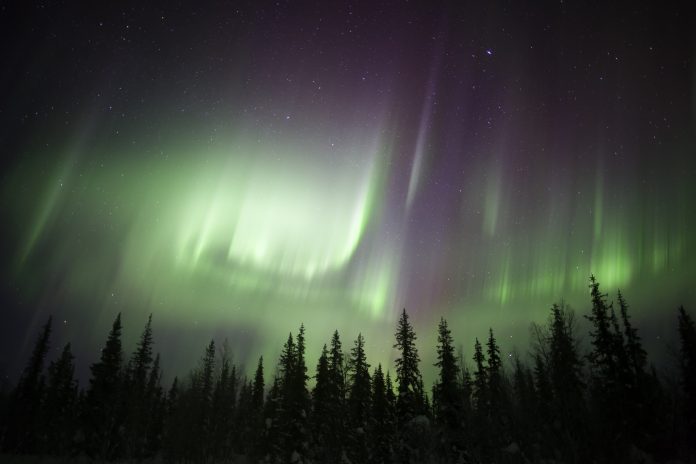The enigmatic mauve and white streaks known as “Steve” and its accompanying “picket fence” glowing have been a mystery to scientists since their recognition as distinct phenomena in 2018
While the northern and southern lights, or auroras, appear in familiar green, red, and purple hues, Steve’s unusual emissions have raised questions about the underlying physics responsible for this captivating display.
Steve and the picket fence unraveled
Claire Gasque, a graduate student in physics at the University of California, Berkeley, has now put forth a groundbreaking explanation for the mysterious Steve and its picket fence. Teaming up with researchers at the campus’s Space Sciences Laboratory, Gasque proposes a theory that challenges the current understanding of the processes behind auroras.
How is it different from common auroras?
Unlike common auroras, which occur at altitudes higher than 1,000 kilometres and are triggered by solar wind energising particles in Earth’s magnetosphere, Steve and the picket fence occur at lower latitudes, potentially reaching as far south as the equator.
Gasque’s research suggests that in a region of the upper atmosphere south of where auroras form, electric fields parallel to Earth’s magnetic field could produce the distinct colour spectrum of the picket fence.
Gasque’s findings, documented in a paper published in Geophysical Research Letters, highlight that the physics governing the picket fence fundamentally differ from those driving the well-known auroras. If her theory proves correct, it could revolutionise physicists’ understanding of energy flow between Earth’s magnetosphere and the ionosphere, located at the edge of space.
Gasque’s calculations
Brian Harding, a co-author of Gasque’s paper and an assistant research physicist at SSL, emphasises the significance of her work. “The interesting thing about Claire’s paper is that we’ve known for a couple of years now that the Steve spectrum is telling us there’s some very exotic physics going on. We didn’t know what it was,” Harding notes.
Gasque’s calculations propose that a moderate parallel electric field at a specific height could accelerate electrons, exciting oxygen and nitrogen to produce the unique light spectrum observed in the picket fence.
This challenges the conventional wisdom that such electric fields should quickly disappear. Gasque suggests that unique conditions, such as lower plasma density and more neutral atoms, may act as insulation to prevent the electric field from shorting out.
Rocket mission
The next step in unravelling the mystery is to launch a rocket into the heart of these phenomena, measuring the electric and magnetic fields.
Gasque and her colleagues at SSL propose a rocket campaign to study an “enhanced aurora,” a normal aurora with picket fence-like emissions. This mission aims to measure electric fields for the first time and distinguish the conditions causing these phenomena from those of typical auroras.
Gasque and Harding submitted a proposal to NASA for this sounding rocket campaign in the fall, with expectations of feedback in the first half of 2024. The experiment represents a crucial step in understanding the chemistry and physics of the upper atmosphere, ionosphere, and Earth’s magnetosphere.
“It’s fair to say that there’s going to be a lot of study in the future about how those electric fields got there, what waves they are or aren’t associated with, and what that means for the larger energy transfer between Earth’s atmosphere and space,” says Harding. Gasque’s paper is praised as the first step in this chain of understanding, opening doors to new insights into the celestial phenomena that continue to captivate and mystify us.











